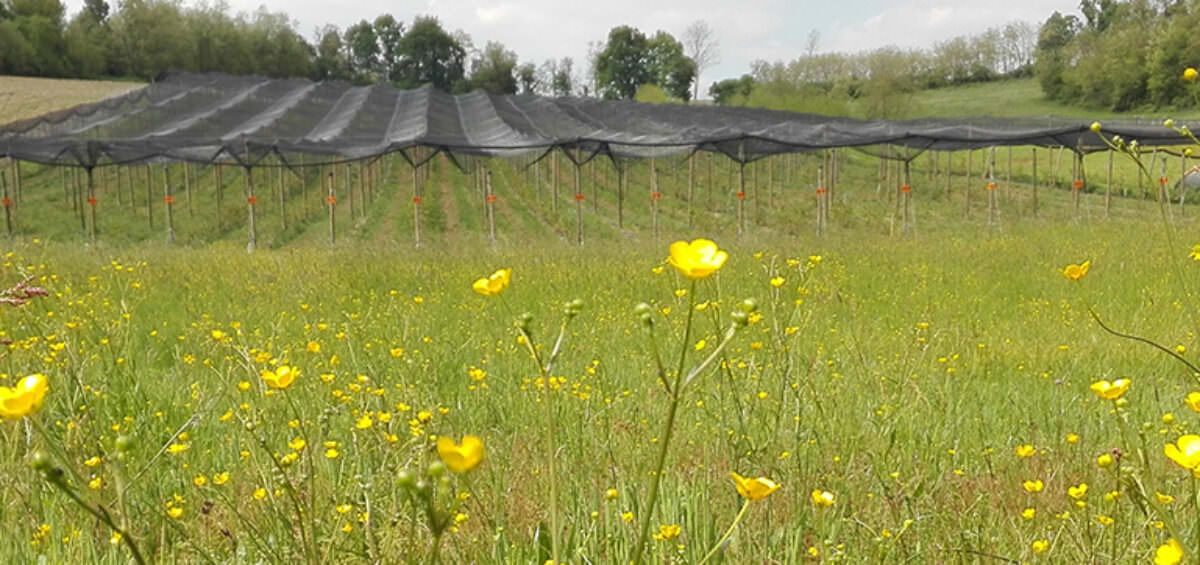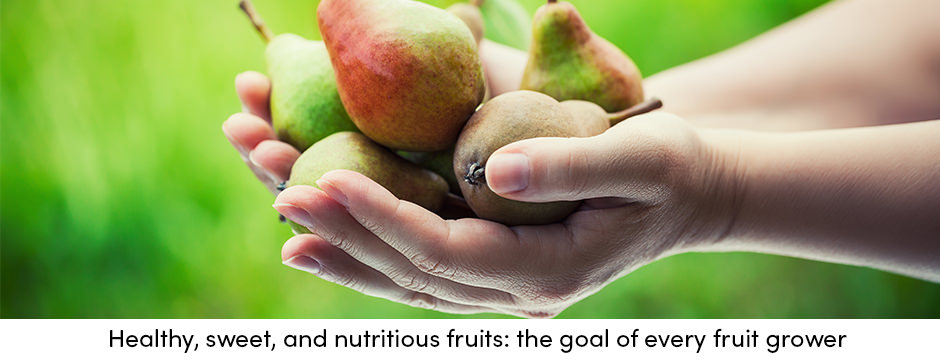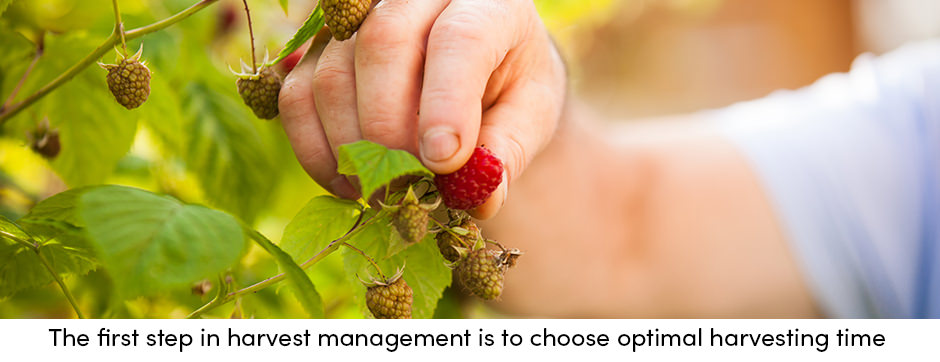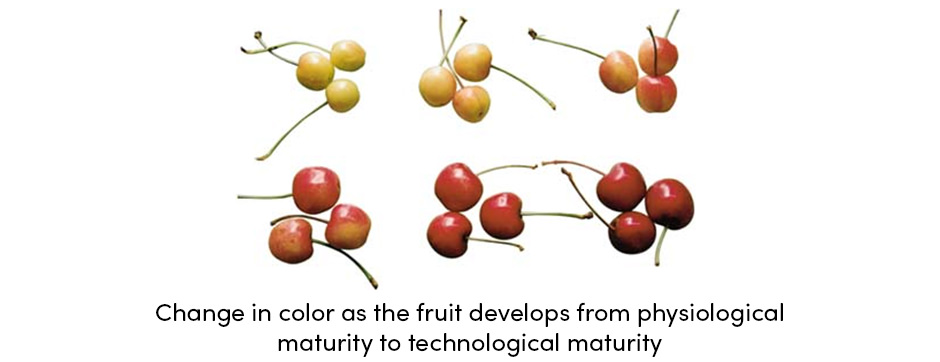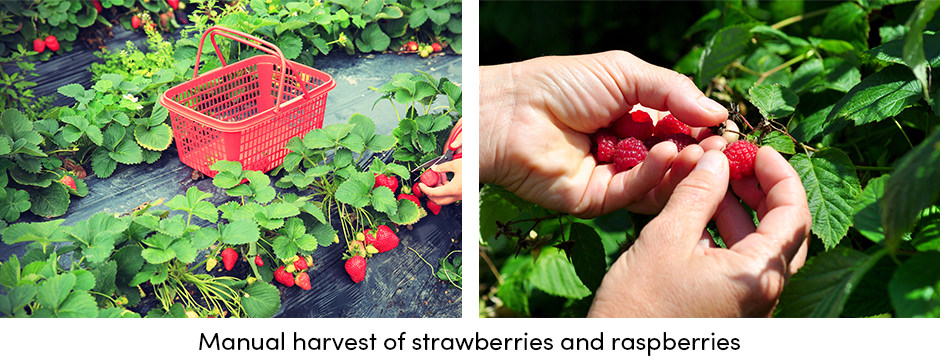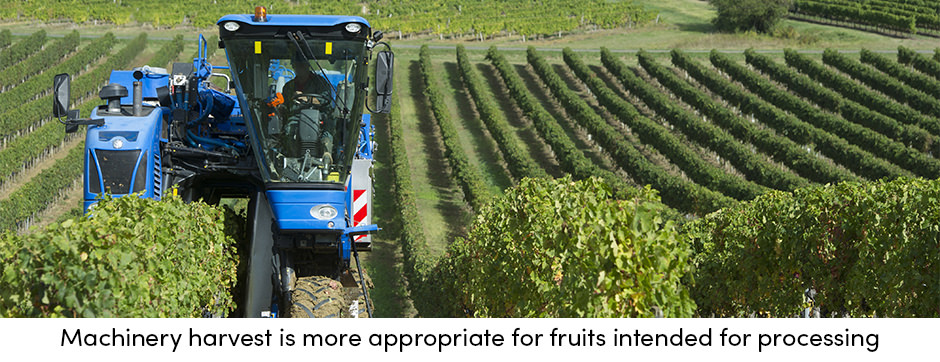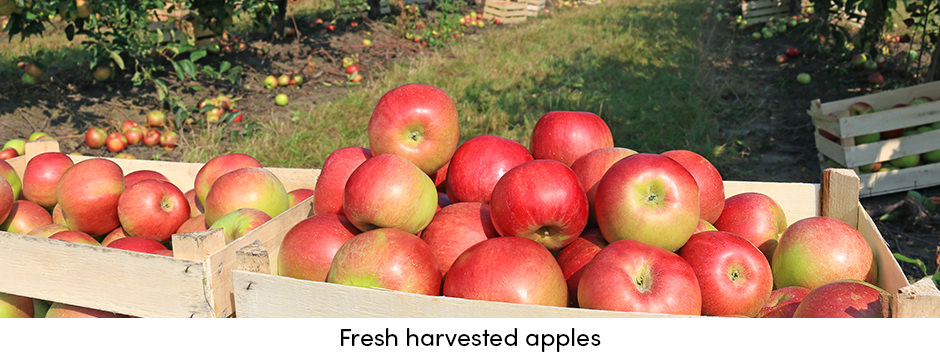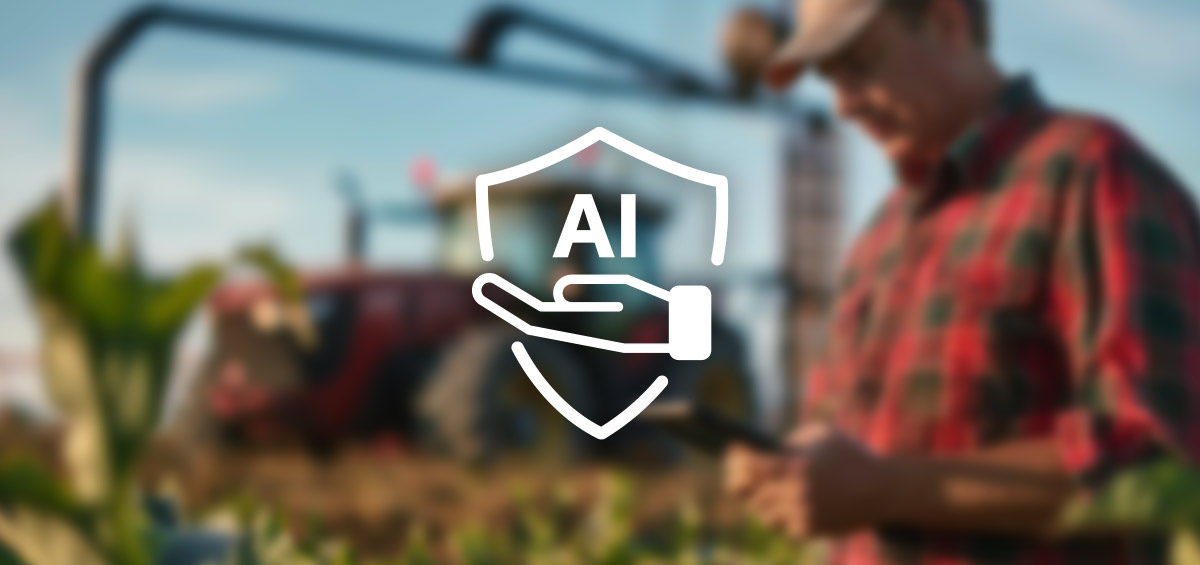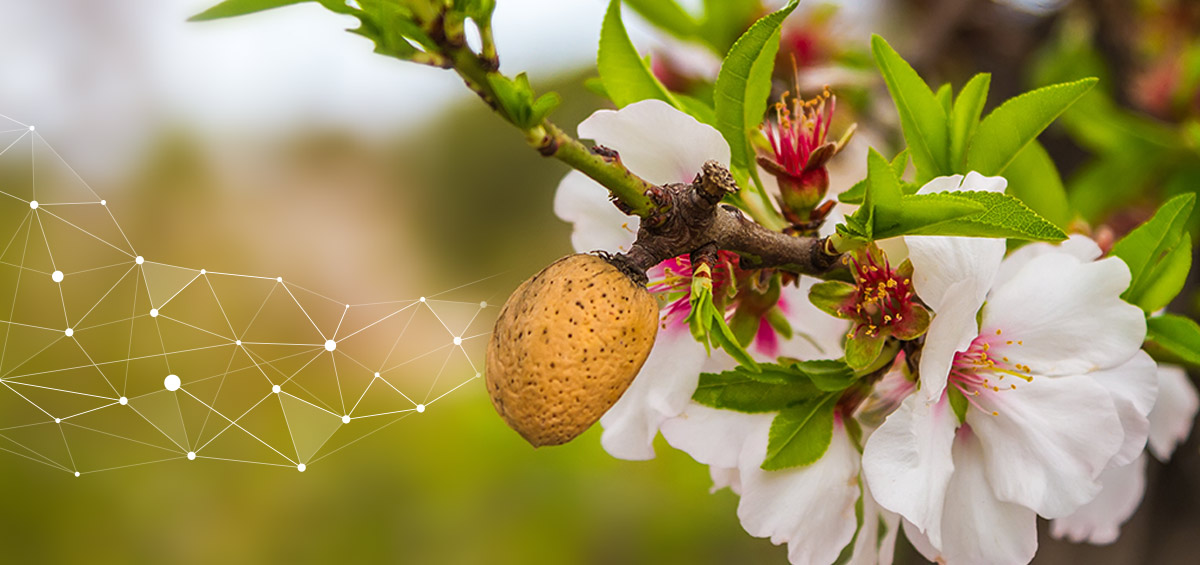Crop production is a complex system in which every farm practice strongly affects final outcomes. Therefore, the most successful farmers carefully manage every step of their crop production. As fruits are permanent crops, fruit production is a long-term journey, in which every single farm practice plays a specific role in final crop results.
Harvest is the final farm practice in fruit production, essential for preserving the yields and quality of products. More importantly, proper management and timely harvest may be a vital precondition for remarkable yields and quality fruits. Finally, the goal of every fruit grower is to produce healthy, sweet, and nutritious fruits that will satisfy all market demands.
The final success of fruit a harvest largely depends on few factors, which include:
- Optimal harvest time
- Type of harvest
- Post-harvest handling
How to Determine Optimal Harvest Time
The first step in harvest management is to decide when to perform the harvest. This farm management decision directly influences later storage and marketable life, as well as the quality of fruits. There are two different types of fruit maturity:
- Physiological maturity; when fruits reach their ideal and peak development and maximum plumpness; seeds are fully developed and can germinate in favorable conditions
- Technological maturity; when fruits reach their final skin color and flavor; at this point they are ready for consumption.
Optimal harvesting time primarily depends on the fruit variety characteristics, as well as on weather conditions during the growing season. Furthermore, optimal harvesting time also depends on the purpose of fruit production: whether it’s produced for fresh consumption or processing.
When considering the optimal harvesting time of fruits intended for fresh consumption, it’s important to keep in mind the time needed for the fruit to reach the consumer. Therefore, fruits for fresh consumption are usually harvested when they reach physiological maturity, while processing fruits are harvested when they reach technological maturity.
Types of Fruit Harvest
Fruits can be harvested manually or with the use of machinery. Each harvest practice has its own advantages and disadvantages. For example, manual harvesting is recommended if wanting to preserve fruit quality, especially in the case of sensitive fruits such as strawberries. However, manual harvest demands a lot of time. Therefore, it’s not suitable for large plantains.
Oppositely, machinery harvest is much faster and less labor intensive. For this reason, machinery harvest is more appropriate for large orchards. However, machinery harvesting may harm the fruit and cause injuries due to reckless handling. Therefore, it’s generally not recommended for sensitive fruits. However, machinery harvesting is a good farm practice for fruits intended for processing.
Post-Harvest Fruit Handling
After the harvest is complete, farmers must take care of the final fruit production stage: post-harvest fruit management. This stage is critical due to its influence on final yields and fruit quality. In addition to this, it’s essential to ensure proper managing of post-harvest farm practices, including:
- Suitable packaging
- Optimal storage conditions
- Proper fruit transport
Every fruit has its own management requirements. For this reason, farmers’ observation and on-time farm activities are an extremely important part of fruit harvest management.
So, take care to adjust harvesting according to the crop’s demands. After all, nothing tastes better than fresh and nutritious fruits!
Text sources: FAO
Image sources: FAO
